Individual Case Study Assignment: CLWM4100 Taxation Law
VerifiedAdded on 2023/06/08
|5
|1072
|398
Case Study
AI Summary
This document presents a comprehensive case study solution for a Taxation Law assignment, addressing various aspects of taxation in the context of a business. The solution begins by analyzing the Australian tax residency of a company based in Singapore, considering factors such as incorporation and control. It then delves into the implications of capital gains tax on the sale of assets, including personal use cars, pre-CGT assets, shares, antiques, and quotas. The analysis meticulously applies relevant sections of the ITAA 1997 and ITAA 1936 to determine the tax treatment of each asset, including the application of discounts and exemptions. Finally, the solution examines general deductions, specifically interest on business loans and expenses related to a media campaign, evaluating their eligibility under s.8-1 ITAA and s.40-880. The document provides detailed explanations and references to relevant legislation and case law, offering a thorough understanding of the tax implications in each scenario.
1 out of 5
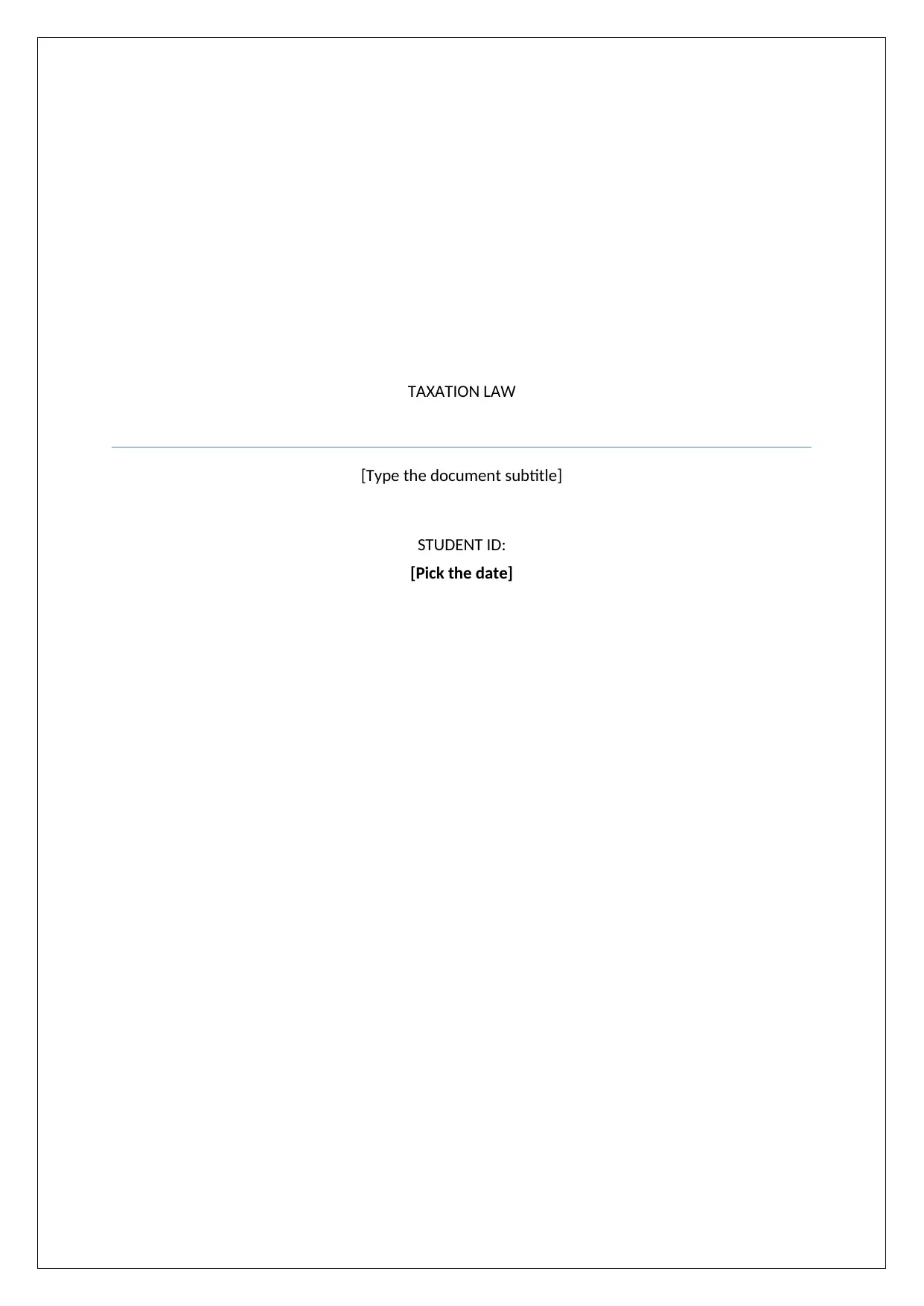
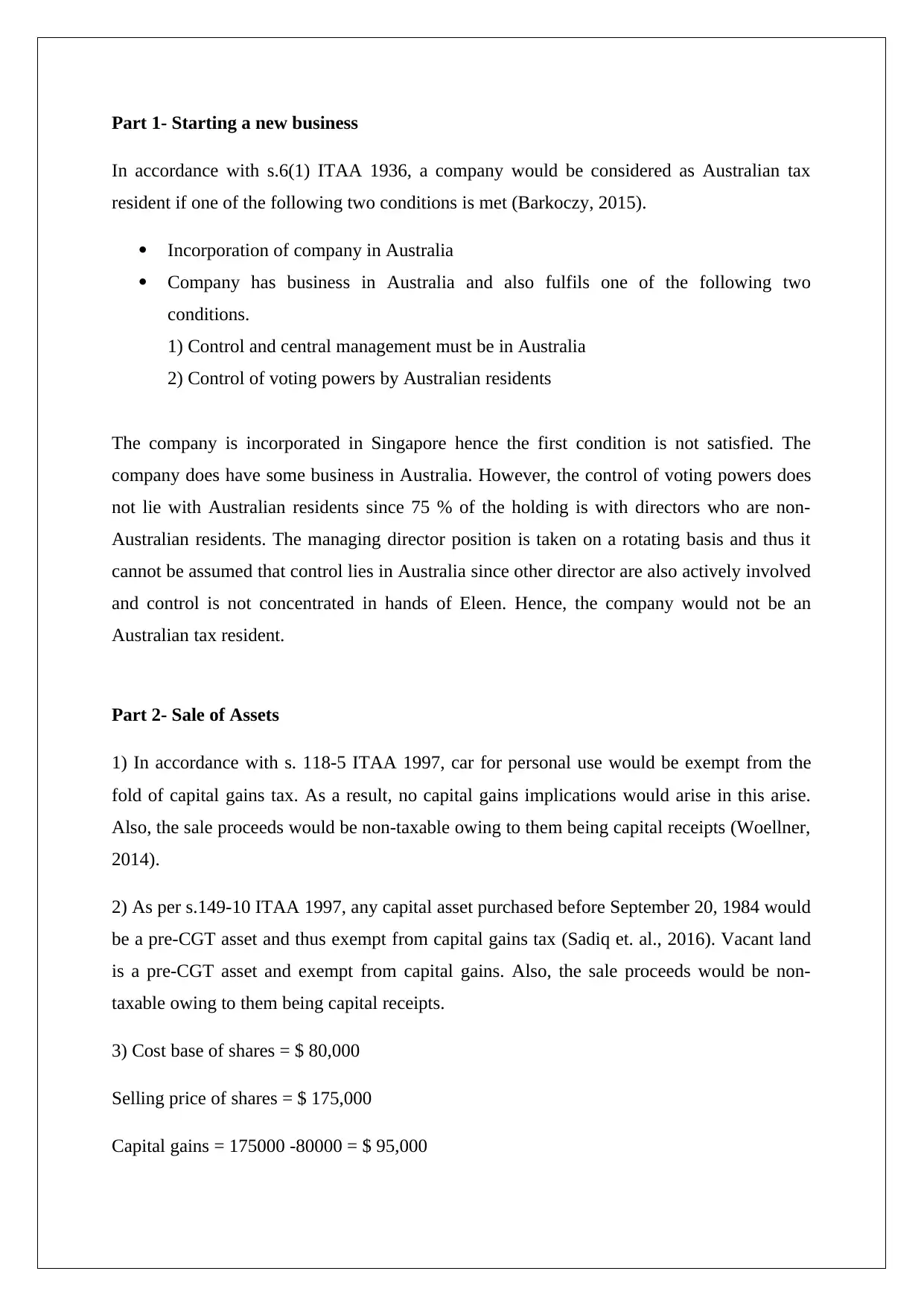
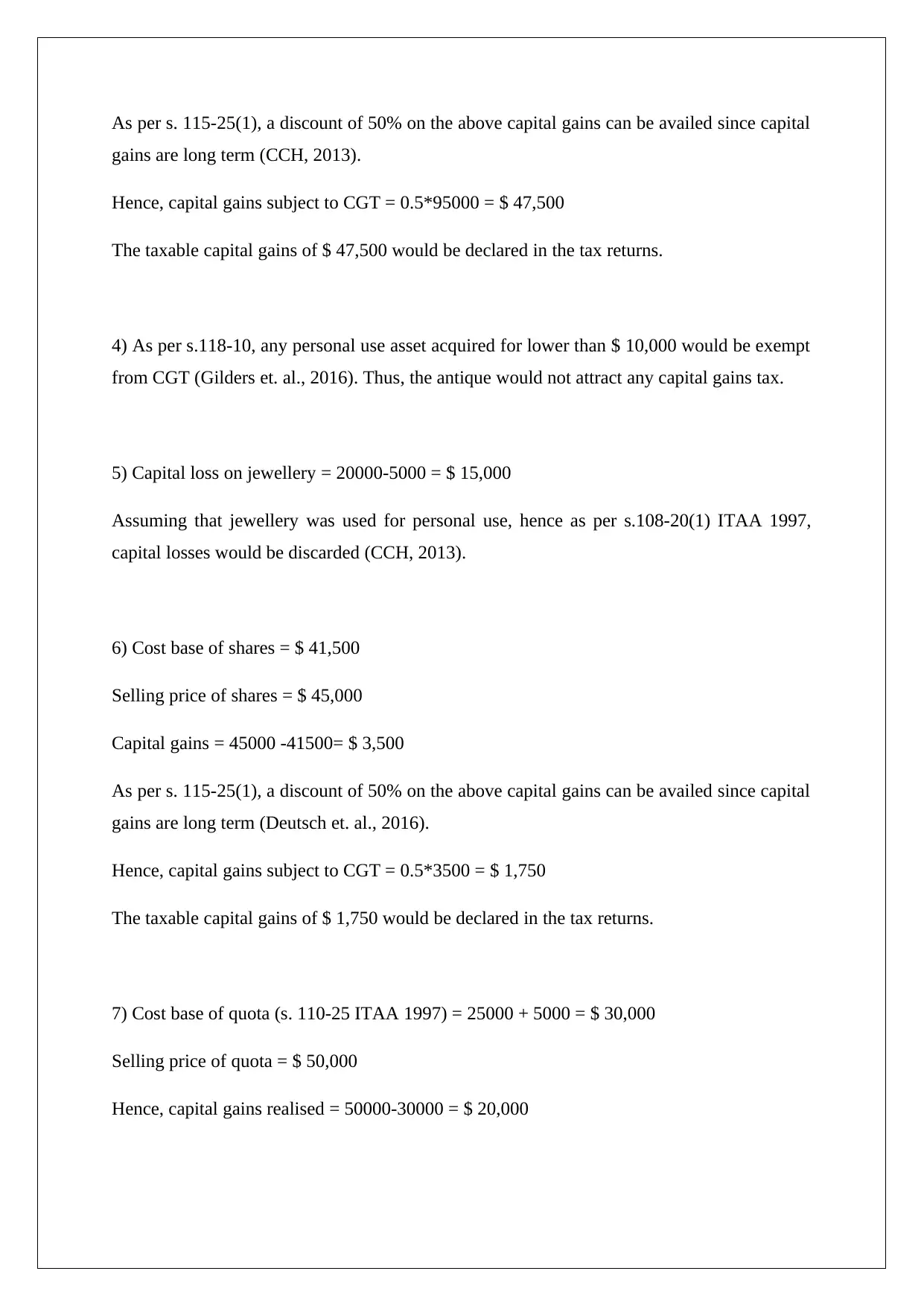

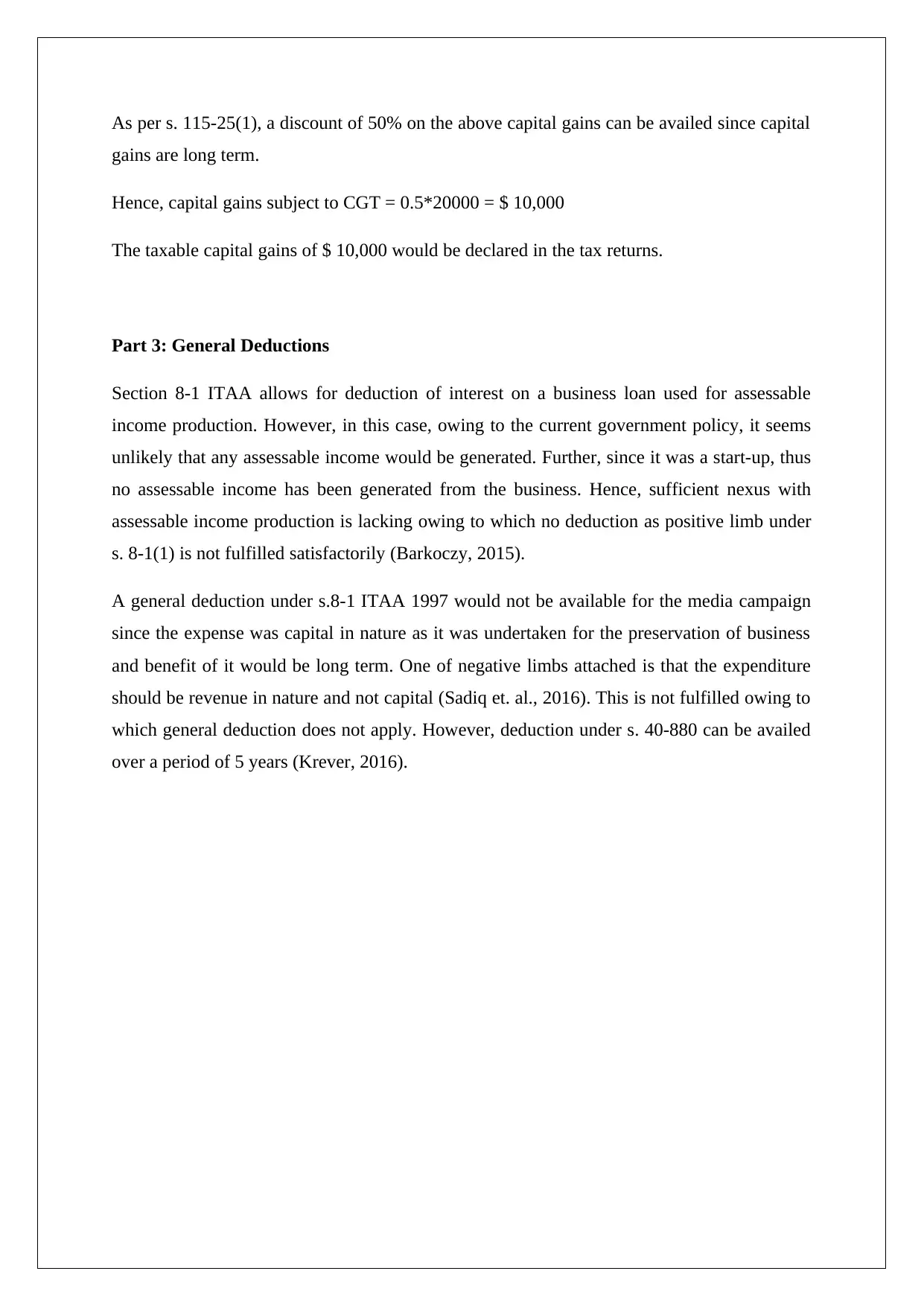
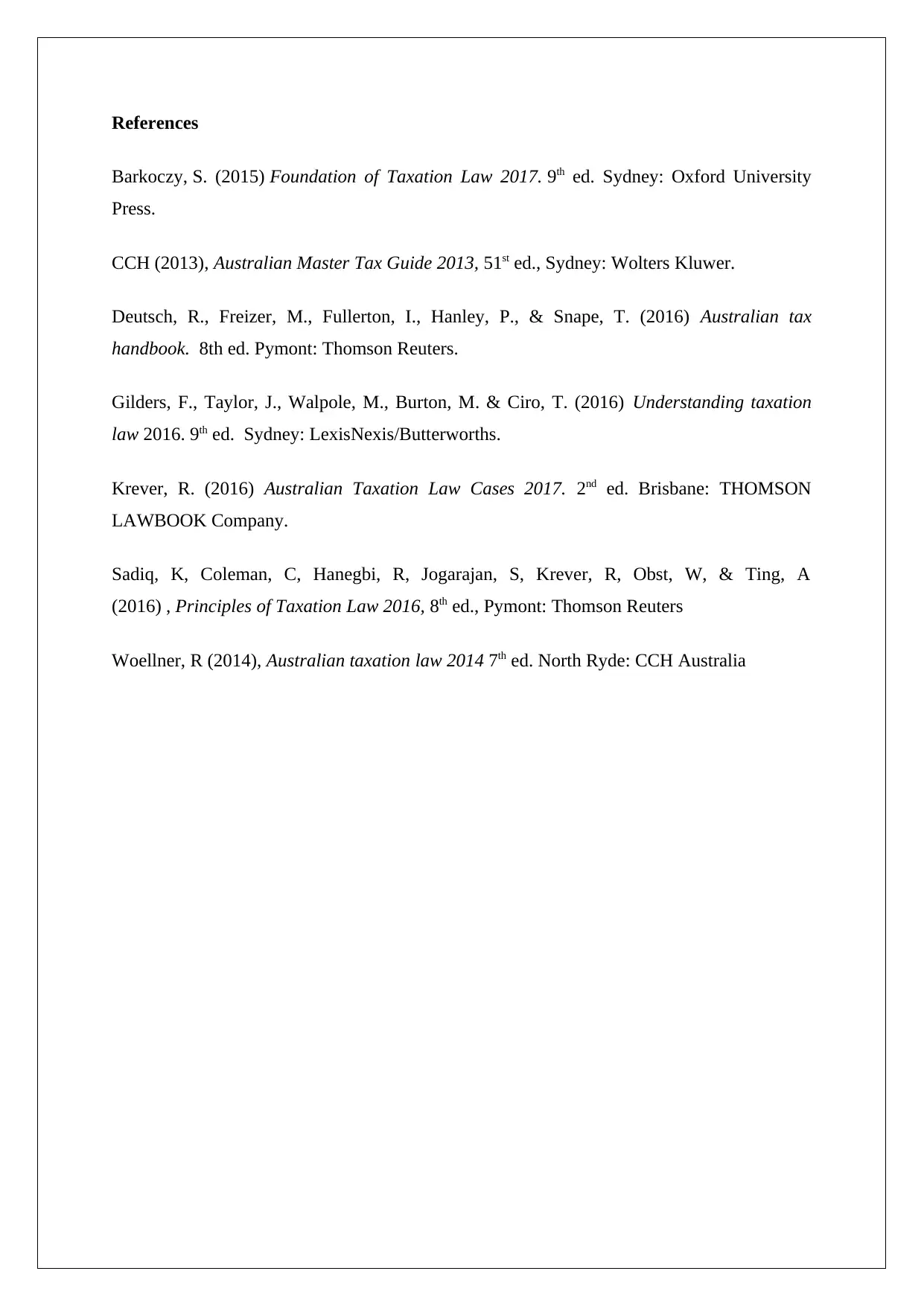


![Taxation Law: CGT, Deductions, and Exemptions - Student ID [Date]](/_next/image/?url=https%3A%2F%2Fdesklib.com%2Fmedia%2Ftaxation-law-computation-explanations_page_2.jpg&w=256&q=75)


![[object Object]](/_next/static/media/star-bottom.7253800d.svg)